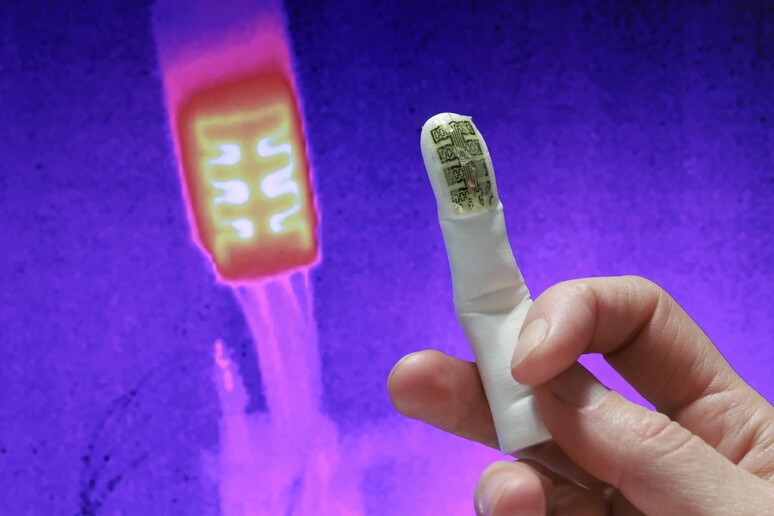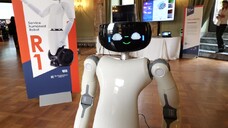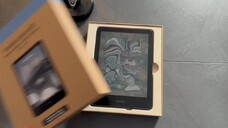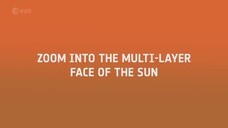Scientists have developed a prosthetic hand that can feel hot and cold sensations by exploiting the phantom limb syndrome experienced by many amputees, without requiring the use of electrodes or surgery.
The discovery, published in the journal Science, has led to the creation of a device that can be integrated into conventional prostheses, while multisensory integrated prostheses allowing the perception of both touch and temperature could be on the market in around a decade.
"In recent years, various methods have been developed to restore to amputees some touch sensations,” said Silvestro Micera of the Scuola Sant'Anna in Pisa and the Polytechnic University of Lausanne, who coordinated the research led by Francesco Iberite of the Scuola Superiore Sant'Anna with Solaiman Shokur of Epfl and input from Federico Morosato of the Inail Prosthetics Center.
“The idea here was to try to also restore the sensation of temperature, which is difficult to handle, so much so in fact that it was still absent," added Micera.
The idea came from experimenting with devices already on the market, designed to transmit the sensation of touch by exploiting the phantom limb phenomenon, whereby amputees continue to perceive stimuli, often including pain, or feel the position or sensation of movement of the limb that is no longer present.
Riproduzione riservata © Copyright ANSA













